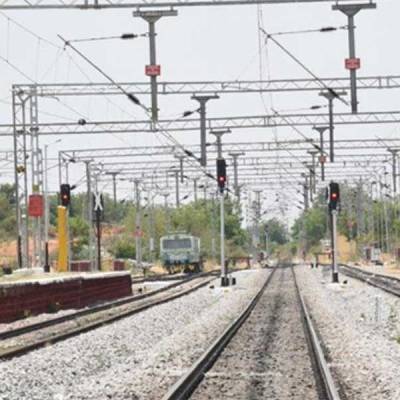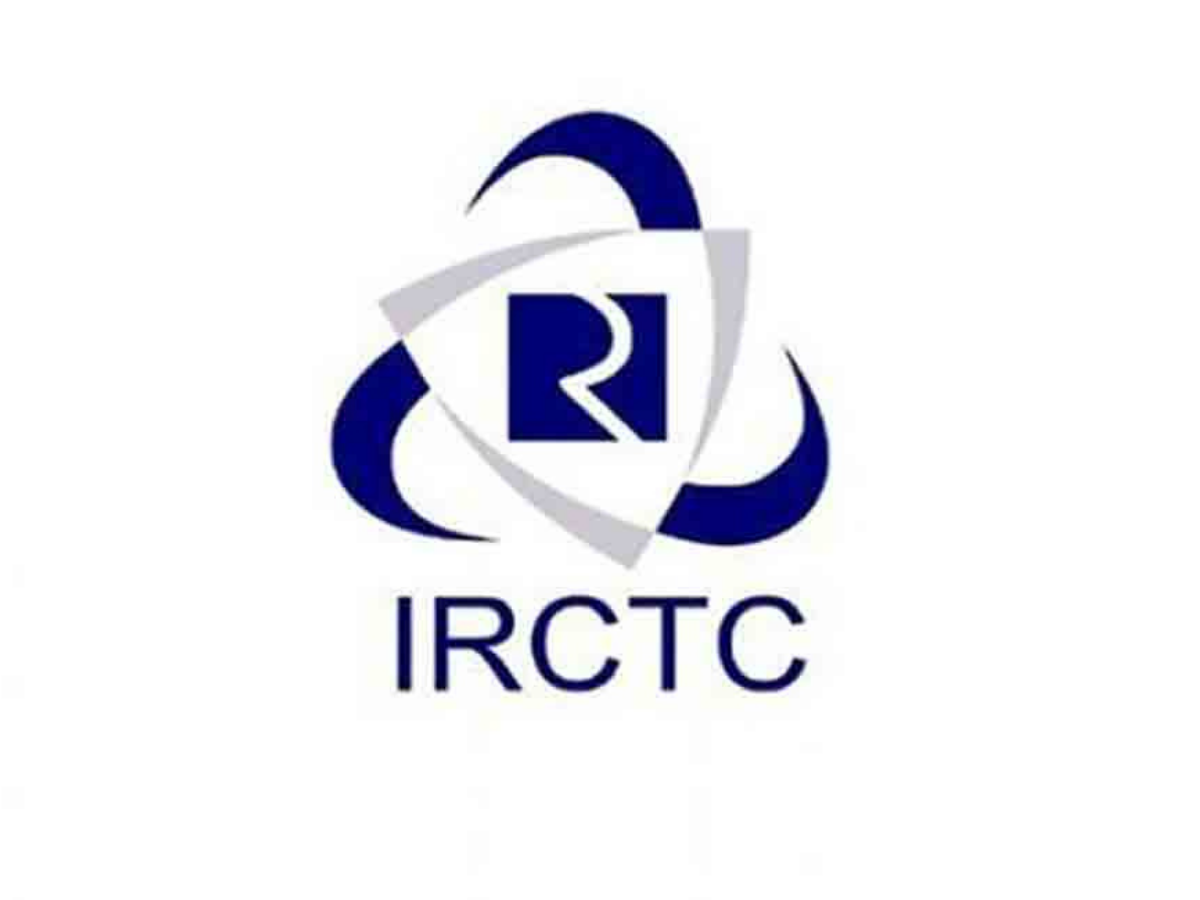*100% Electrification on Pune Division saves Rs 246 crore annually*
Indian Railways is working in mission mode to become the largest Green Railways in the world and is moving towards becoming a “net zero carbon emitter” before 2030. Railways is guided by a holistic vision of being an environment friendly, efficient, cost effective, punctual and a modern carrier of passengers as well as the freight in order to serve the growing needs of New India.
The first electric train carrier Deccan Queen ran between Mumbai to Pune on June 1, 1930. The section was electrified on 1500 Volt DC. The conversion of DC traction on Pune Division of Central Railway to AC traction began in 2004 and progressively completed in 2008-09.
The second electrification was done for section between Pune and Daund which was later extended up to Baramati. This was started in 2014 and completed in 2019 Electrification of Pune to Kolhapur section including Lonand- Phaltan was started in 2019 and completed in 2022.
At present Pune Division has been fully electrified with 531 route km.
During the year 2022-23, 11 pairs of mail/express trains changed to electric traction. The important trains run on electric traction on Pune Division are Shatabdi Express, Vande Bharat Express, Deccan Queen, Jhelum Express, Duranto Express, Goa Express etc. This has significantly reduced the fuel bill of Pune Division which is 2303.04 kilo litre per month on an average and reduces 0.733 lakh ton carbon footprints annually.
Pace of Railway Electrification, which is environment friendly and reduces pollution, has increased at 9X speed since 2014. Railways has planned electrification of BG routes which will facilitate elimination of diesel traction resulting in significant reduction in its carbon footprint and environmental pollution.
Electrification offers advantages like:
• Environmental-friendly mode of transport
• Reduced dependence on imported diesel fuel, thereby saving precious foreign currency and reduced carbon footprints
• Reduced operating cost
• Haulage of heavier freight trains.
• Increased sectional capacity by eliminating detention on account of traction change
Source- CR












-min.jpg)
_page-0001.jpg)
_page-0001.jpg)












.png)

.png)

